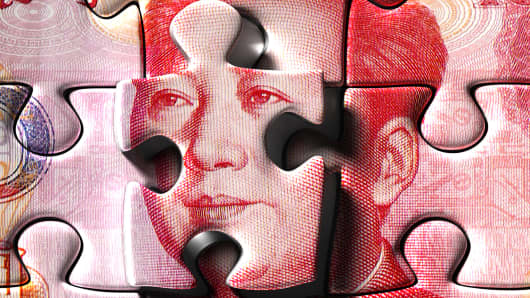China's central bank will use various tools to ensure steady credit growth to support the economy while pursuing financial reform in the face of weakness and uncertainty in the global economic outlook, it said in comments published on Friday.
The statement from People's Bank of China (PBOC) after its fourth quarter monetary policy committee meeting said the current inflation situation was relatively stable.
"We will use various monetary tools to guide a steady and appropriate growth in credit and social financing," the central bank said in a statement published on its website, www.pbc.gov.cn
"The overall performance of the country's financial sector is smooth and favorable factors are also increasing. The current price situation is also basically stable," it said.
The PBOC also pledged to push ahead with reform.
"We will steadily push forward interest rate reform and yuan exchange rate formation mechanism reform and will keep yuanbasically stable at a reasonable and balanced level," it said.
In a separate meeting on Thursday, the central bank said it would quicken the pace of reforming and opening up the country's financial sector in 2013 and prevent systemic and regional risks to pursue long-term development.
The central bank's monetary policy statement said it would continue to implement prudent monetary policy and further boost direct financing to support the real economy.
China's central bank cut interest rates twice between June and July and lowered banks' reserve requirement ratio (RRR) three times after late 2011, freeing an estimated 1.2 trillion yuan ($192.45 billion) for lending.
But it has refrained from cutting interest rates or RRR since, opting instead to inject short-term cash via open market operations into the money markets to avoid fanning inflation and property risks.
China saw slower-than-expected bank loan growth in recent months, but analysts said an uptick in total social financing was the more significant measure, indicating that new credit is increasingly available through a wider range of channels outside of traditional bank lending.


